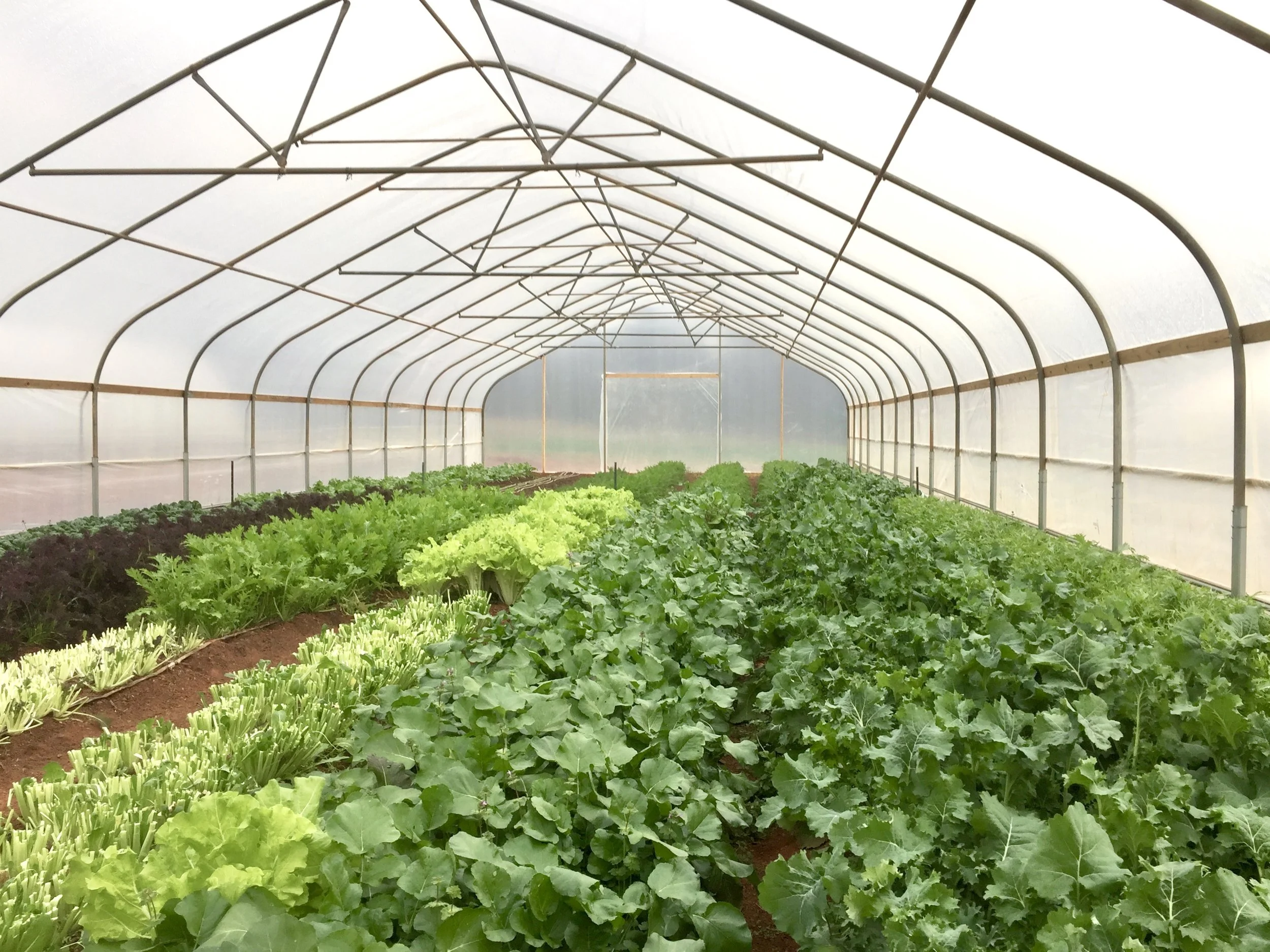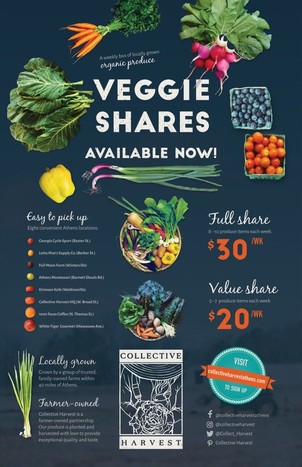USDA AMS Farmers Market Promotion Program
Eligible Applicants: Agricultural businesses, agricultural cooperatives, CSA networks, CSA associations, economic development corporations, local governments, nonprofit corporations, producer networks, producer associations, public benefit corporations, regional farmers’ market authorities, and Tribal governments
Purpose: To increase domestic consumption of and access to locally and regionally produced agricultural products, and to develop new market opportunities for farm and ranch operations serving local markets, by developing, improving, expanding, and providing outreach, training, and technical assistance to, or assisting in the development, improvement, and expansion of domestic farmers markets, roadside stands, community-supported agriculture programs (CSA), agritourism activities, and other direct producer-to-consumer market opportunities
Maximum Award: $500,000
Minimum Award: $50,000
Match: 25%
Priority Areas: Low Income/Low Food Access census tracts and rural areas and towns with populations of 50,000 or less
Application Deadline: TBD
Project Start: TBD
How To Apply: Grants.gov
Potentially, the most popular USDA grant program, the Farmers Market Promotion Program grant (FMPP) is out, and the USDA Agricultural Marketing Service is accepting applications through May 7. FMPP broadly supports local food systems by encouraging direct producer-to-consumer market opportunities, defined as "instances in which producers sell locally or regionally produced agricultural products directly to the consumer with minimal involvement with a middle-man such as an intermediary, a wholesaler, a retailer, an agent, a broker, or a reseller." The USDA defines local and regional as within 400 miles of the farm or ranch where the product originates. In addition to its programmatic focus, the popularity of this grant stems from several advantages over other Federal grant programs:
Both for-profit and non-profit entities are eligible to apply.
Unlike the case with most Federal grants programs, funds can be used for the purchase of "special purpose equipment," such as mobile markets, walk-in coolers, cooler storage units, mobile slaughter unit components, retrofitted vehicles and other structures for mobile markets that are not already available and usable in a current form.
The application process is relatively easier.
FMPP funds two types of projects. At the most basic level, Capacity Building (CB) projects support the enterprises themselves, i.e. farmers markets, CSA programs, etc. Community Development, Training, and Technical Assistance (CTA) projects support entities that support the enterprises through training, outreach, and technical assistance. Applicants for CTA projects tend to be non-profits and government agencies.
Capacity Building (CB) projects "are intended to assist applicants in the development, improvement, and expansion of domestic farmers markets, roadside stands, CSA programs, agritourism activities, and other direct producer-to-consumer market opportunities." A classic example of a capacity building project is the startup or expansion of a farmers market, roadside stand, CSA, or agritourism activity; but other kinds of projects, such as feasibility studies and training programs qualify. The minimum CB award is $50,000, and the maximum is $250,000.
Community Development, Training, and Technical Assistance (CTA) projects "are intended to support applicants’ efforts to provide outreach, training, and technical assistance to farm and ranch operations serving local markets and other interested parties for developing, improving, and expanding domestic farmers markets, roadside stands, CSA programs, agritourism activities, and other direct producer-to-consumer market opportunities." An example of a CTA project might be one that helps small- and mid-sized producers become compliant with Food Safety Modernization Act (FSMA) regulations or Good Agricultural Practices (GAP) in order to increase direct market opportunities. The minimum CTA award is $250,000, and the maximum is $500,000.
All FMPP projects must relate to producer-to-consumer direct marketing, cannot pay for production expenses, cannot depend upon land or structures not in place at the time of the application, must demonstrate community support, and must benefit more than one farm vendor or individual.
Because FMPP does not require any private matching funds, the program is highly competitive. In 2017, USDA AMS received 457 FMPP applications and funded 52 (11 percent). Approximately $13.4 million is available in the 2018 grant solicitation.
Obviously, the information here only contains program highlights. There are a lot more details. Below are some relevant links. For those who want assistance with the application, a contact form is at the bottom of the page.
Links
USDA AMS Local Food Promotion Program
Eligible Applicants: Agricultural businesses, agricultural cooperatives, CSA networks, CSA associations, economic development corporations, local governments, nonprofit corporations, producer networks, producer associations, public benefit corporations, regional farmers’ market authorities, and Tribal governments
Purpose: To increase domestic consumption of and access to locally and regionally produced agricultural products, and to develop new market opportunities for farm and ranch operations serving local markets, by developing, improving, expanding, and providing outreach, training, and technical assistance to, or assisting in the development, improvement, and expansion of local and regional food businesses (including those that are not direct producer-to-consumer markets) that process, distribute, aggregate, or store locally or regionally produced food products
Maximum Award: $500,000
Minimum Award: $25,000
Match: 25%
Priority Areas: Low Income/Low Food Access census tracts and rural areas and towns with populations of 50,000 or less
Application Deadline: TBD
Project Start: TBD
How To Apply: Grants.gov
The USDA AMS Local Food Promotion Program (LFPP) grant is the companion piece to FMPP, and the program definitions and limitations are essentially the same. But whereas FMPP focuses on direct producer-to-consumer market opportunities to the exclusion of middlemen, LFPP explicitly supports businesses and other entities that facilitate the physical linkages between producers and consumers. Examples of such businesses include "food hubs, food aggregators, food distributors, food wholesalers, food processors, and other value-added production enterprises, such as shared-use kitchen or kitchen incubator operations."
Specifically, the purpose of the LFPP grant "is to increase the domestic consumption of and access to locally and regionally produced agricultural products, and to develop new market opportunities for farm and ranch operations serving local markets, by:
• developing, improving, expanding, and providing outreach, training, and technical assistance to, or assisting in the development, improvement, and expansion of:
local and regional food businesses (including those that are not direct producer-to-consumer markets) that process, distribute, aggregate, or store locally or regionally produced food products."
Like FMPP, there are two types of projects: Planning and Implementation. Both are fairly self-explanatory. However, the Request for Applications (RFA) provides a list of sample Implementation projects that is illustrative:
Establishing or expanding the scope of local/regional food incubator programs.
Establishing, expanding, or diversifying the operation of existing community kitchens and food processing facilities.
Instituting individual or group-based Good Agricultural Practice (GAP) certification for sellers of local food into institutional or wholesale marketing channels.
Aggregating from producers to wholesale buyers through a website or virtual marketplace.
Exploring opportunities for food hubs/aggregators to create greater institutional and retail market access for local food through joint business networks.
Cultivating new wholesale market channels for locally grown specialty and culturally appropriate foods.
Helping urban farmers scale up production and increase their farm-based income by creating new wholesale market opportunities.
Investigating and implementing more cost-effective means of transportation for local food supply chains through backhaul, route optimization, and/or other operational efficiencies.
Providing training and/or technical assistance to accomplish any of, or related to, any of the above activities.
The minimum award for a planning project is $25,000, and the maximum is $100,000. The minimum award for an implementation project is $100,000, and the maximum is $500,000.
Sometimes projects could be funded by either FMPP and LFPP, and deciding which grant to apply for can be confusing. LFPP requires a 25 percent cash or in-kind match and is consequently slightly less popular than FMPP. In 2017, USDA AMS received 365 LFPP applications and funded 51 (14 percent). Approximately $13.4 million is available in the 2018 grant solicitation.
Again, for those who want assistance with the application, a contact form is at the bottom of the page.
LFPP in Action
Georgia Organics’ Local Food/Restaurant Transparency Program
LINKS



